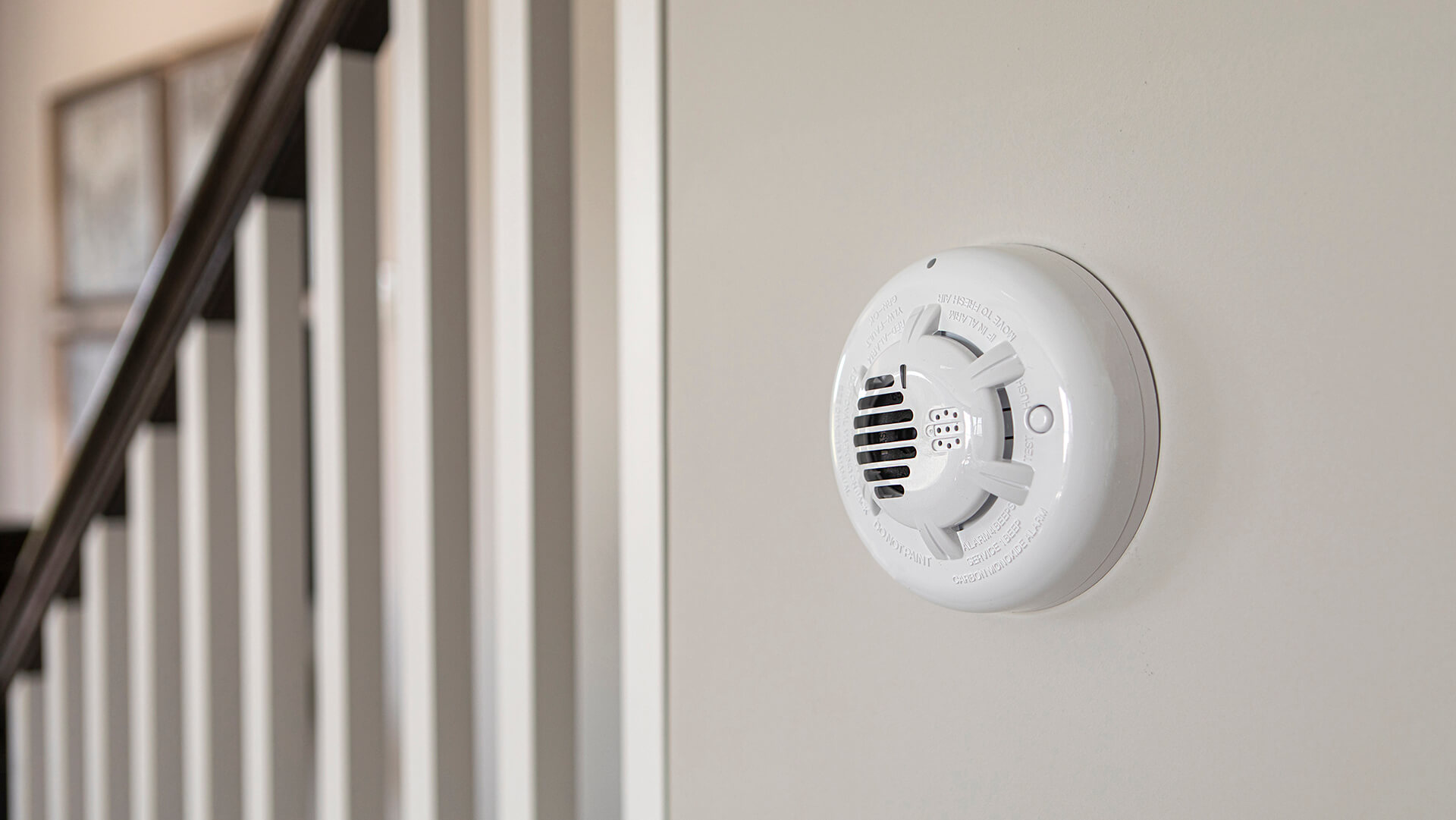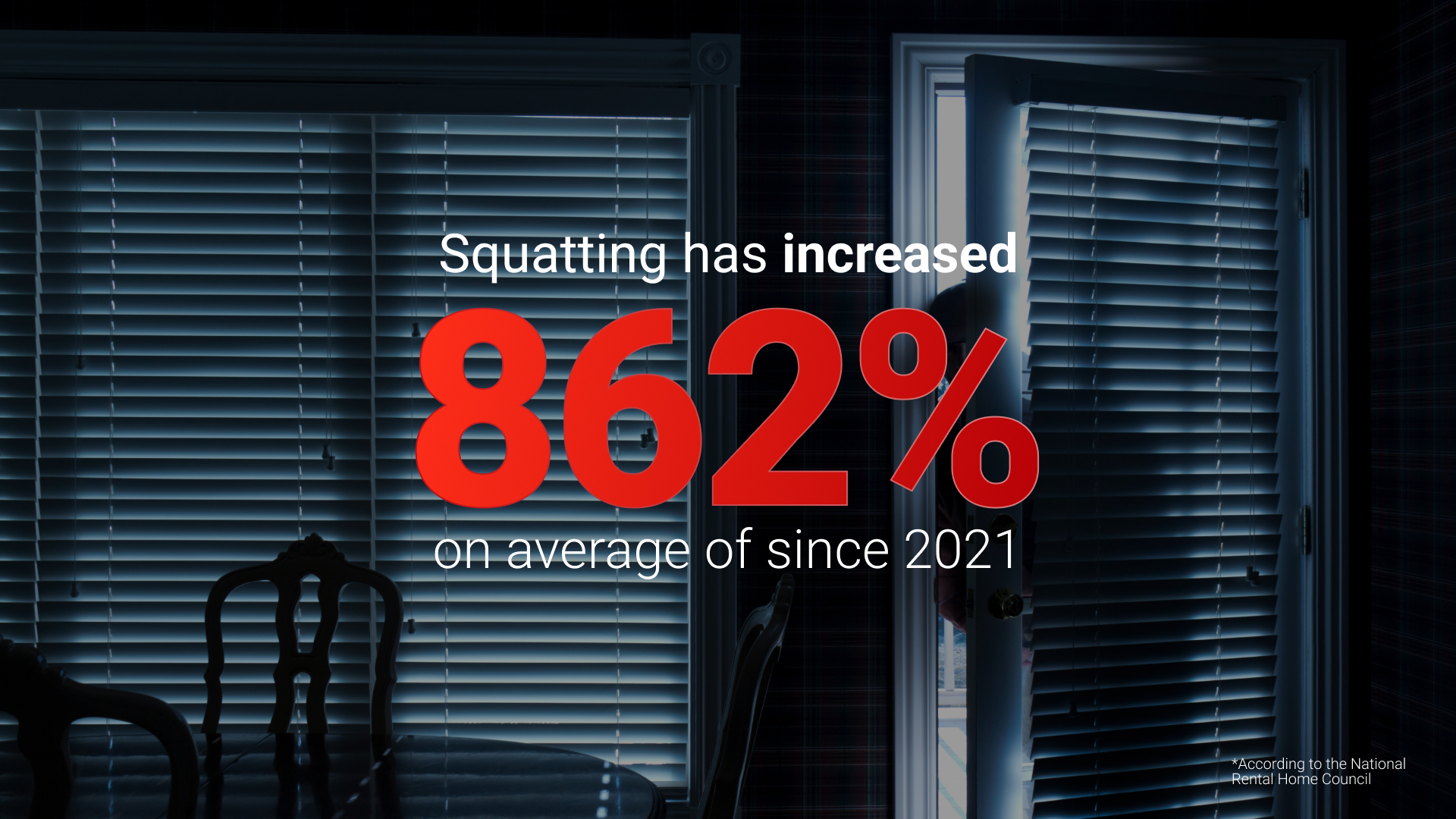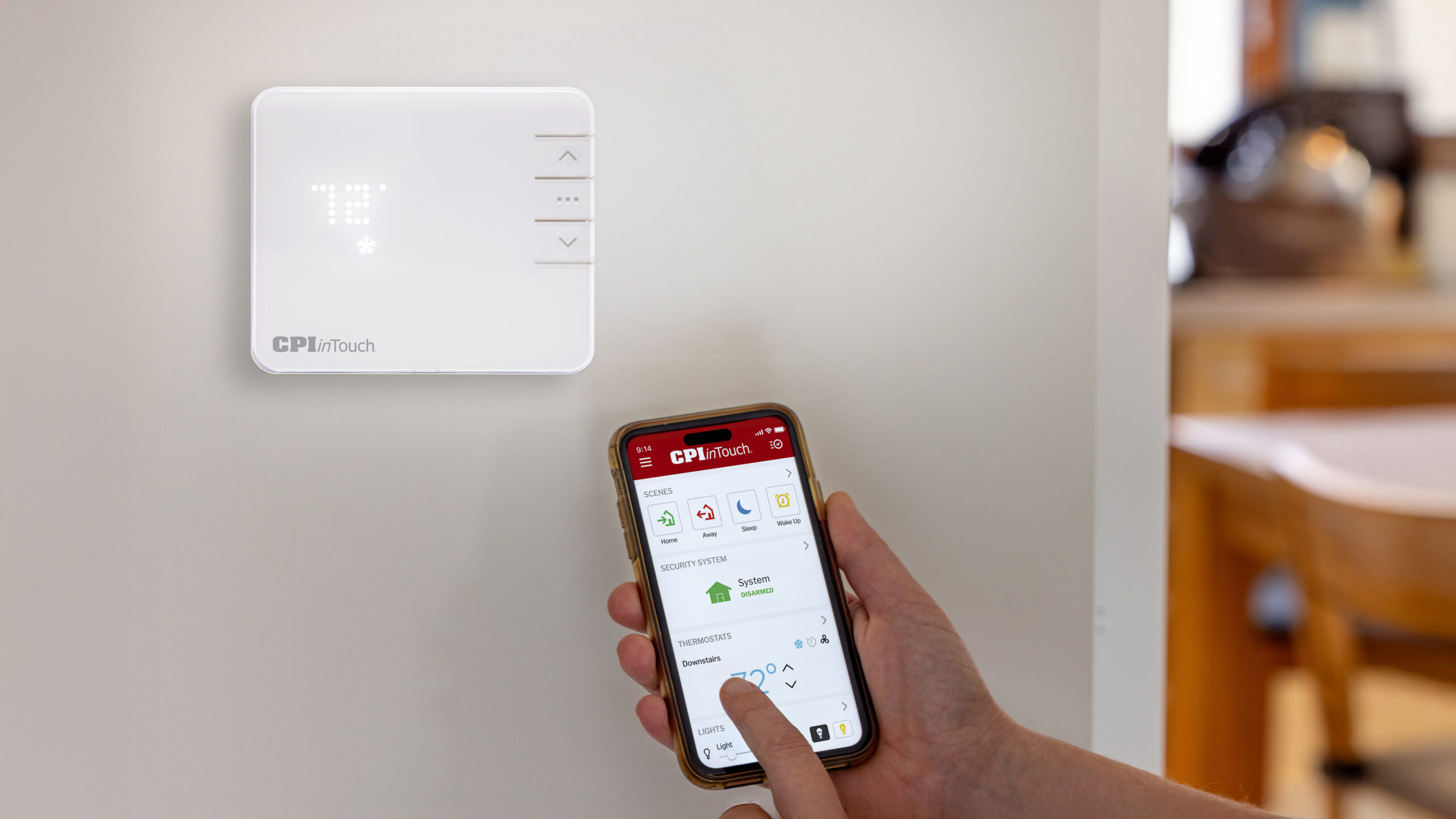It can be easy to overlook, but there is a potential hazard hiding in plain sight in every home and building. We’re talking about carbon monoxide (CO). We don’t mean to sound like alarmists, but on the other hand, that’s kind of what we do. That said, CO is not a subject to take lightly and everyone should seriously consider adding protective measures by placing CO detectors in their homes.
According to the Centers for Disease Control and Prevention (CDC), in the United States, carbon monoxide poisoning is responsible for approximately 450 deaths and more than 20,000 Americans visit the ER each year for symptoms of CO poisoning. That’s why we’re talking today about specific information that you need to keep your family safe from the risks of carbon monoxide poisoning.
What is Carbon Monoxide?
Carbon monoxide is a gas that you can’t smell, see, or taste, which can account for why it is such a silent danger. It results from incomplete oxidation of carbon in combustion. Your gas stove, furnace, and even your fireplace can be sources of harmful CO gases. Carbon monoxide tends to leak from older systems that may have blocked or corroded ventilation pipes or heat exchanges.
What are the Symptoms of Carbon Monoxide Poisoning?
Per the Environmental Protection Agency (EPA), at low concentrations, carbon monoxide can present as fatigue in healthy people and chest pain for people with heart disease.
At higher concentrations, symptoms can include impaired vision and coordination, headaches, dizziness, confusion, and nausea. It may cause flu-like symptoms that clear up when you leave the affected area. At very high concentrations, CO exposure can be fatal.
Where To Place Your Carbon Monoxide Detectors
General Guidelines
At minimum, you should have at least one CO detector on every floor of your house. The National Fire Protection Association (NFPA) recommends this to significantly reduce the risk of carbon monoxide poisoning. They also recommend checking the batteries every few months to ensure that the system works as intended.
CO Detectors in Bedrooms and Sleeping Areas
Why bedrooms? Because you’re more vulnerable when you’re asleep. Which in our minds makes carbon monoxide detector placement in sleeping areas non-negotiable. It is best to position CO detectors five feet above the floor. Then rest easy!
Living Rooms and Family Rooms
Take time to safeguard the areas where you spend the most time with your family and guests, especially if they contain a gas-burning fireplace or stove. Does your home have an open concept layout? Then central placement is critical.
Basements and Utility Rooms
Keep your carbon monoxide detectors within 10 feet of your furnace.
Your CO monitors should also all be interconnected, so that if one goes off, they all go off, alerting you and your family no matter where you are at home.
Specific CO Monitor Placement Considerations
Kitchens and Cooking Areas
Your kitchen is likely the hub of your house with plenty of action. With so much going on, they can also trigger false alarms. Though it is important to place a carbon monoxide detector nearby, keep them at least 15 feet away from major appliances. Close enough to serve their purpose effectively, but far enough away to not trigger a false alarm.
Garages and Attached Spaces
Our security experts recommend placing a CO detector near the door that leads inside the house to keep those indoor spaces safe. If you hear the CO alarm going off in your garage or other area with poor ventilation, take precautions before entering to check on the alarm; don’t just barge in. Carbon monoxide gas can collect quickly and, even in large quantities, is colorless, odorless, and tasteless.
Place CO Detectors Near Fireplaces and Chimneys
Your fireplace is the epitome of coziness! But it is also one of the highest risks of CO poisoning in your home. Like the kitchen, place a detector nearby but not on top of your fireplace to avoid false alarms.
Carbon Monoxide Detector Maintenance and Testing
Keep the batteries fresh and test your CO detector monthly. It’s also recommended to replace any outdated detectors every couple of years. Make sure that your CO detector system is integrated, so that if one goes off, they all go off. And ensure that the carbon monoxide alarm is loud enough to wake your family if it goes off during the night.
With smart home security systems like those we offer at CPI Security, you can integrate your smart CO detectors seamlessly into your home security system—alerting you with texts and in-app notifications in the event of a CO leak. Your system will even alert our 24/7 monitoring center, prompting our security experts to reach out to you over the two-way speaker to confirm your safety and even dispatch emergency personnel if necessary.
More CO Detector FAQs
Should I install my carbon monoxide detector on the wall or ceiling?
You should place your carbon monoxide detector on the wall about 5 feet above the floor.
How often should I test my CO detector?
Monthly.
What does the beep mean?
A beep could mean anything from a low battery to high CO levels.
Can my cat or dog get CO poisoning?
Yes, absolutely. Carbon monoxide can affect animals and humans alike.
Do carbon monoxide detectors expire?
Yes, it is important to replace your detector after 5-7 years.
Let CPI Security help keep your home CO-free. Placing carbon monoxide detectors in important spots and on each floor of your home with CPI is simple and connects to all your other CPI devices. Stay safe, stay aware, and for comprehensive home safety solutions, give CPI Security’s range of safety alarms a look.




